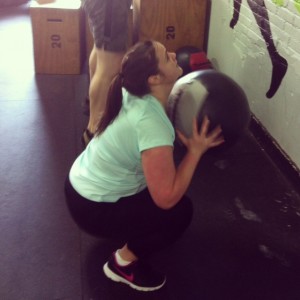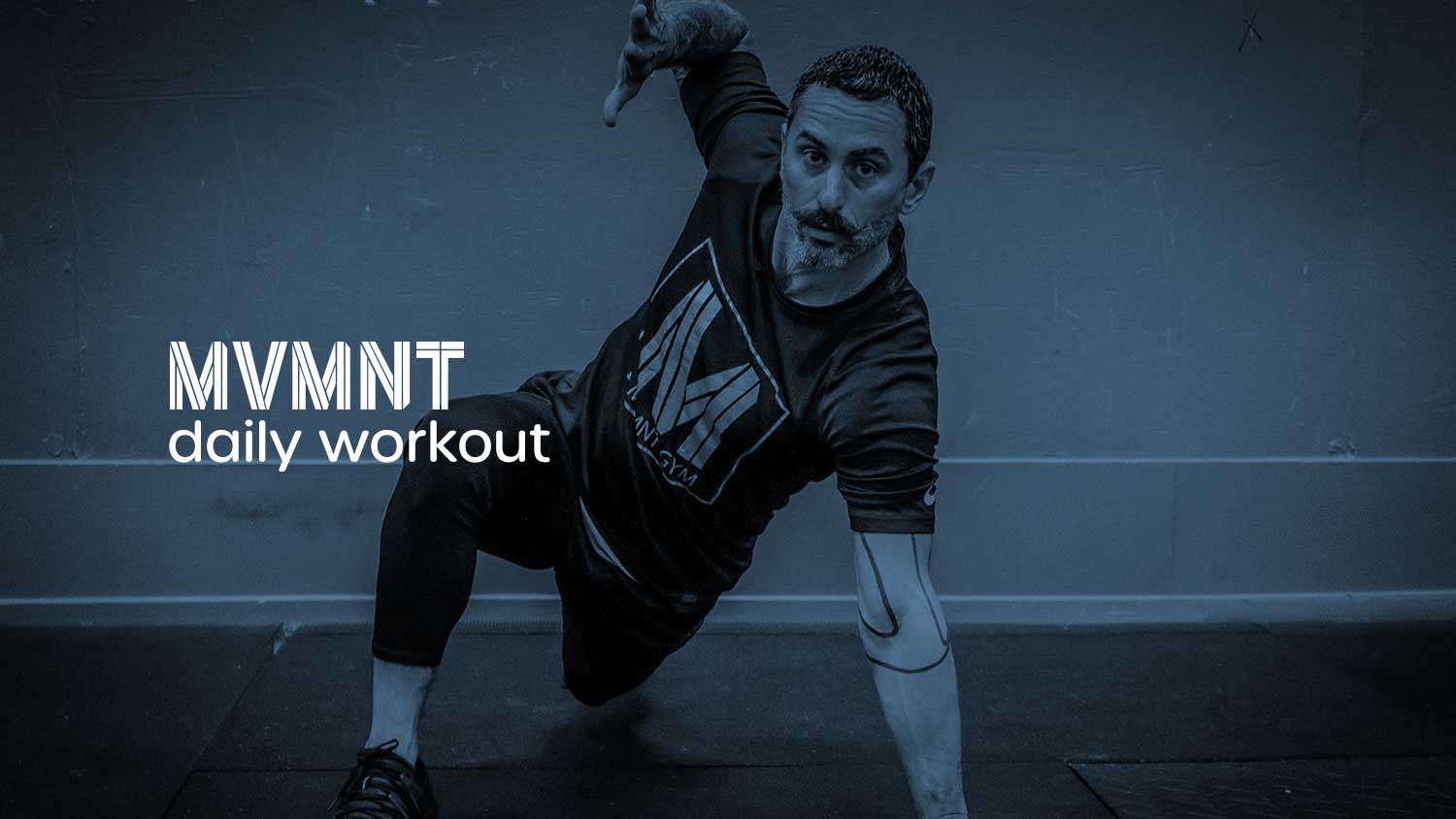
Power Athlete practice will be at 10:30 tomorrow.
The medicine ball has been referred to as “the ball that just won’t die” because of the long history of various cultures utilizing weighted leather spheres for strength, power, and agility training, and playing games. When you think about it like that, wall ball shots are just another way of connecting with our ancestral heritage…
JUST DOWN the mountainside from the ancient Sicilian town of Piazza Armerina sit the massive ruins of La Villa Romana del Casale.The crumbling walls of this 1,600-year-old estate contain the world’s richest collection of Roman mosaics, including the slightly scandalous “girls in bikinis” mosaic. The famous work, which spreads across the floor, depicts 10 golden-haired women in various stages of athletic competition. On its upper level, a pair of women in burgundy two-pieces works out; one hoists dumbbells, the other lifts a weighted, oblong orb. The Romans called it a paganica. We call it a medicine ball.
Similar references to this early piece of fitness equipment dot the ancient world. Medicine balls appear in the texts of Greek physicians and in drawings of Persian wrestlers from 1000 B.C. “Someday we will discover drawings of two cavemen throwing a round rock back and forth,” says Istvan Javorek, a former Romanian Olympic weightlifting coach and a member of the USA Strength and Conditioning Coaches Hall of Fame. “As long as there have been athletes, there have been medicine balls.”
From the dawn of athletics to the first round of this month’s NFL draft, the medicine ball has rolled through the centuries, its elemental formula unchanged and unsurpassed: Sphere + gravity = fitness. The medicine ball has toned presidents, altered Olympics and sculpted empires. It has survived wars and plagues. Thanks to a recent resurgence, it just might outlast performance-enhancing drugs and Jack LaLanne. And though most people, when they think of the medicine ball at all, think of it as a smelly, brown-leather boulder abandoned in a dark corner of a middle school gym — or as the thing Rocky used after beer-bonging his eggs each morning — nothing less than the course of humankind’s athletic evolution can be traced by its epic, transcultural path.
Gladiators in Alexandria, Egypt, trained with medicine balls. Renaissance physician Hieronymus Mercurialis recommended them as a principle component of “medicinal gymnastics” in De Arte Gymnastica, a seminal work on fitness published in 1569. The U.S. Military Academy has trained soldiers for every battle since its inception with the medicine ball, and Herbert Hoover stayed in shape by tossing one around the South Lawn. Now, after a lull brought on by the clean-machine era (Universal, Nautilus), you’d be hard-pressed to find an elite athlete who hasn’t gone old-school in search of more explosive muscle strength.
To help them burst off the line, Cowboys blockers regularly run through a series of overhead med-ball slams inside the racquetball courts at their training facility in Valley Ranch. Strength-and-conditioning coach Joe Juraszek knows the drill is going well, he says, when “the entire facility shakes and people in the building think the walls are about to fall down.” To build hip strength, Red Sox catcher Jason Varitek has destroyed several med balls by whipping them against a cinder-block wall. Michael Jordan’s dynasty in Chicago was fine-tuned by trainer and med-ball enthusiast Al Vermeil. Helio Castroneves swings an eight-pound ball in a core-strengthening drill he calls The Tornado. Lorena Ochoa recently tweaked the top of her swing using only a weighted sphere. And everywhere the German national soccer team travels, it is followed by a snaking trail of rolling luggage. Guess what’s inside. “In 3,000 years of athletic training, only two things haven’t changed: man and the medicine ball,” says Mark Verstegen, a trainer, author and founder of Athletes’ Performance Institute, a multisport training facility in Tempe, Ariz. “When you’re talking about optimizing performance, from gladiators to the French Open, this simple ball might have more power to unlock an athlete’s potential than any other tool ever invented.” -Story by David Fleming, ESPN Magazine
Warmup
Jump Rope 5 Minutes
10 Pull-ups
20 Ring Push-ups
30 Overhead Lunges (15 per leg)
Skill
Medicine Ball drills
Conditioning
3 Rounds AFAP
30 Unbroken Wall Ball Shots*
30 Unbroken Kettlebell Swings
*if you must break up a set, perform 10 Burpees before going to the next exercise

